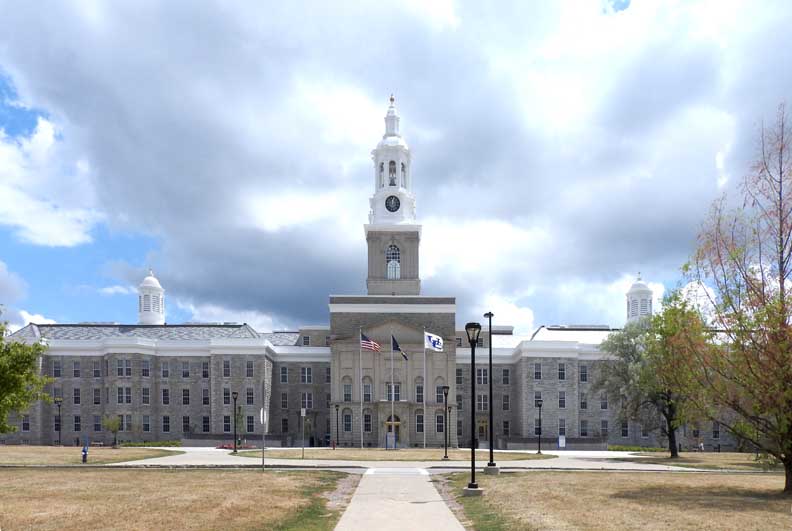I chose to research Native American tribal life before colonization for a few reasons. The first being I grew up in Massachusetts, and every year in school we would visit important historical sites, and a lot of time in the subject of history was spent on the Pilgrims and Puritans, the Salem Witch Trials, and anything relating to the Revolutionary War – such as the Boston Massacre, the Boston Tea Party, and the Battles of Lexington and Concord to name a few. The second being that later on in life as I picked up more history books, I was amazed at how much Native American history is overlooked in schools – especially the time period before colonization. The legacy of what the first few colonists recorded of Native Americans is strong, and unsurprisingly – a little inaccurate. Even today in many public schools – if not the majority, Native American history is taught as if it begins in 1492, or 1603, or 1620, and Native Americans are compared to Europeans and characterized as primitive.
This is not the case however. A lot of what we know about New England Native American daily life pre-colonization is from archaeology, and it has taught us a lot. For example I didn’t know that Paleo Natives arrived in what is now New England around 12,000 years ago, or that tribes in New England had trade routes that went all the way to Wisconsin and the Dakotas in the West, and Virginia to the south. What I also found interesting was how much Native American material culture evolved, especially from 5000 years ago to 300 AD, to 300 AD up to the arrival of the Europeans. Farming tools became more effective, as did the move from using soapstone for pots to using clay pottery. Native Americans in not only manages to survive, but thrive in the harsh temperamental climate of New England for thousands of years. They were not simple hunter gatherers, nor brutal ‘savages’ as many contemporaneous primary accounts would have you believe. They had advanced farming methods which yielded successful and bountiful crops, as well as exceptional knowledge of the land and the animals that inhabited it.
I felt it was relevant to include the recent struggle of the Mashpee Wampanoag tribe of Massachusetts. In 2015, they were approved to have 321 acres held in trust – which would become a reservation and they would gain the right to build a casino – which was not the main reason for the desire to re-acquire their land back. In October, this decision was reversed by the US government, despite them being a federally recognized tribe. I think if more people knew about the long and rich history of Native Americans in different regions of the United States, especially before colonization, movements such as the one in Mashpee would get more attention and more public support – perhaps even changing the outcome, and archaeology is a great tool for uncovering that deeper past and supporting a more truthful and accurate narrative.
Sources:
Barboza, Robert. “History: Wampanoag Artifacts Offer Clues to the past.” Southcoasttoday.com. July 26, 2016. Accessed November 16, 2018. http://www.southcoasttoday.com/special/20160726/history-wampanoag-artifacts-offer-clues-to-past.
Bradford, William. “History of Plymouth Plantation, 1620-1647.” The American Historical Review18, no. 3 (1913). doi:10.2307/1835526.
Collins, Dave. “Archaeologists Dig Native American Fort Found in Connecticut (Update).” Phys.org – News and Articles on Science and Technology. August 28, 2018. Accessed November 02, 2018. https://phys.org/news/2018-08-archaeologists-native-american-fort-connecticut.html.
Fogarty, A. (2018, March 17). Native voices, accurate history forge deeper, better understanding of American Indians in nation’s schools. Retrieved from https://insider.si.edu/2018/01/genuine-article-native-knowledge-360-introduces-schoolchildren-authentic-native-americans/
Fox, J. (2018, October 6). Mashpee Wampanoag protest Trump administration land ruling. Retrieved from https://mashpeewampanoagtribe-nsn.gov/news/2018/10/9/mashpee-wampanoag-protest-trump-administration-land-ruling
Mandell, Daniel R. King Philips War: Colonial Expansion, Native Resistance, and the End of Indian Sovereignty. Baltimore: Johns Hopkins University Press, 2010.
Russell, Howard S. Indian New England before the Mayflower. Hanover, NH: University Press of New England, 1985.
Shuffelton, Frank. “Indian Devils and Pilgrim Fathers: Squanto, Hobomok, and the English Conception of Indian Religion.” The New England Quarterly 49, no. 1 (1976): 108-16. doi:10.2307/364560.
“The Pequot War.” The Mashantucket (Western) Pequot Tribal Nation. Accessed November 02, 2018. https://www.mptn-nsn.gov/pequotwar.aspx.
“Timeline.” Mashpee Wampanoag Tribe. Accessed November 02, 2018. https://mashpeewampanoagtribe-nsn.gov/timeline/.
Wilbur, C. Keith. The New England Indians. 2nd Edition ed. Guilford, CT: Globe Pequot Press, 1996.
Winthrop, John.”What Warrant Have We to Take That Land?”England, 1629.




